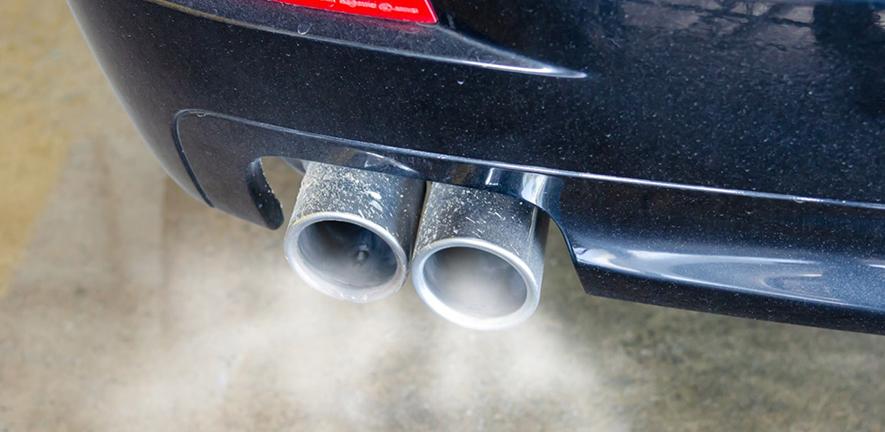
Submitted by Ellie Hall on Mon, 13/02/2023 - 13:21
Researchers from our Computational Modelling Group delve into the science behind filtration of ultrafine particles from transport exhaust fumes.
Vehicular emissions are one of the leading causes of air pollution and have severe consequences for both human health and the environment. Internal combustion engines in transport vehicles emit ultrafine particles that can easily penetrate deep into our lungs and even enter the bloodstream. These particles have been linked to many adverse health effects, such as respiratory problems, cardiovascular disease, and even premature death.
In addition, according to Intergovernmental Panel on Climate Change (IPCC), certain ultrafine particles may cause up to 18% of the total effect of greenhouse gases on global warming while also contributing to acid rain, soil contamination, and water pollution. Reducing ultrafine particle emissions is essential for preserving the health of our planet and the ecosystems that support life. Fortunately, scientists and engineers have developed a range of particle filters to reduce these emissions, but the challenge remains to optimise their performance.
In a recent study published in Progress in Energy and Combustion Science, researchers Chung Ting Lao, Dr Jethro Akroyd, and Professor Markus Kraft from the University of Cambridge, Department of Chemical Engineering and Biotechnology, and Cambridge CARES, delve into the science behind particulate filter models for vehicular emission control. The authors review a wide range of models and present their findings in a unified and consistent manner, covering everything from filtration efficiency to the impact of ash deposits on filter behaviour.
“By bringing together the latest research and insights in a comprehensive manner, we hope to provide a roadmap for further advancements in this field,” said Professor Markus Kraft, who leads the University of Cambridge’s Computational Modelling Group.
One of the key findings of the study is the importance of understanding the chemical and physical properties of particulate deposits, as these deposits can impact the filter regeneration process.
The authors analyse reaction pathways and rates, shedding light on the complex processes involved in removing particulate deposits from filters. Additionally, they examine the role of catalytic conversion and the impact of gaseous emissions on filter performance. Finally, the authors identify various measures to potentially improve the current particulate filter models, including improved filter design and enhanced filter regeneration techniques.
This study highlights the critical role that particle filter models play in reducing vehicular emissions and safeguarding human health and the environment. As the world continues to grapple with the consequences of air pollution, it is more important than ever to invest in research and development in this area.

